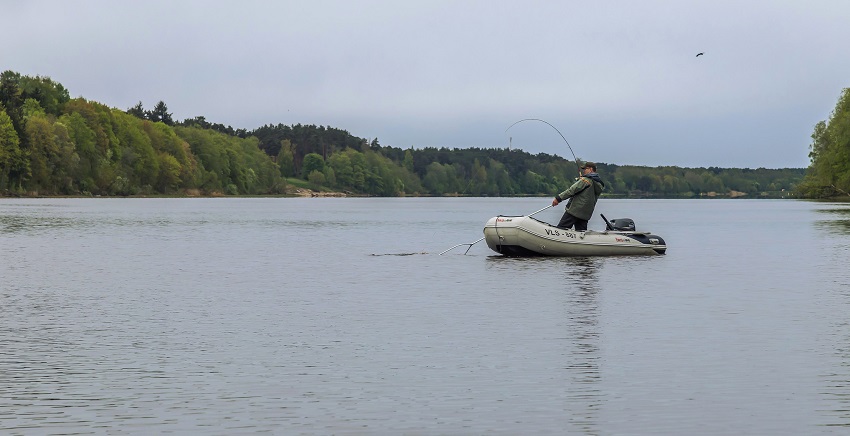The Water Act defines a water protection zone on the shores of water bodies, while the Nature Conservation Act defines a building exclusion zone and a limited management zone

Inland waters are a natural resource that are important as valuable habitats, animal routes, but also for recreation and the protection of the aquatic environment. In order to preserve the natural condition and diversity of water bodies, different requirements for human activities have been established by legislation.
In order to preserve the natural shores of water bodies, the law defines protection zones of different severity and width for the water bodies – the water protection zone, the building exclusion zone, and the limited management zone. The starting point for calculating the width of these zones is the is the boundary of the water body entered in the base map of the Estonian Topographic Database. Exceptions include , for example, areas of repeated flooding, where the the starting point for calculating the width of the zones provided for in the Nature Conservation Act is the boundary of the repeatedly flooded area.
- The water protection zone is put in place to prevent erosion and diffuse emissions from the shore or bank. The extent of the water protection zone and the requirements arising from legislation are set out in sections 118–119 of the Water Act.
- The purpose of the building exclusion zone of the shore or bank of the water body is to protect the natural community of the shore or bank from excessive development pressure and to ensure the openness of the areas to the population. The extent of the building exclusion zone of the shore or bank and the restrictions on human activities that apply there are listed in chapter 6 of the Nature Conservation Act.
- The limited management zone of the shore or bank of a water body is established for the preservation of natural communities located on the shores or banks and for limiting the harmful effects of human activities. The extent of the limited management zone of the shore or bank and the restrictions on human activities in force there are listed in chapter 6 of the Nature Conservation Act.
The local government may increase or decrease the building exclusion zone of the shore or bank with plans, taking into account the objectives of the protection of the shore or bank and proceeding from natural conditions, borders of land units, infrastructure, and established settlements. In order to reduce the building exclusion zone, the local government needs the consent of the Environmental Board.
Some water bodies are located in protected areas
4,159 km of the watercourses registered in the Estonian nature information system are located in protected areas (that is one fifth of the total length of the watercourses registered in the register). Nearly 100,000 ha, or 47%, of stagnant water bodies are located in protected areas [1]. Most of it is protected areas on Lake Peipsi and Lake Võrtsjärv. 56% of the part of Lake Peipsi in Estonian territory is covered by protected areas, while Lake Võrtsjärv is completely protected as a limited-conservation area. According to the European Union’s Habitats Directive, rare and pollution-sensitive lake types, naturally very beautiful water bodies or those with a rare origin, and water bodies where rare biota or unique ecosystems have developed are in need of protection. Such water bodies are protected as Natura 2000 sites [2]. Water bodies located in protected areas are subject to the protection procedure of the area (provided in the protection rules).
The protection of inland waters outside protected areas can be organised, for example, through landscape management plans prepared by local governments. In order to protect and improve the status of water bodies, water bodies are also rehabilitated to restore their former favourable status, improve their appearance or migratory conditions of highly migratory fish, etc. [3].
Last modified: 10.06.2022
__________________________
[1] Sirel, K., Pille, K. 2020. Kaitstav territoorium ja akvatoorium. Roasto, R., Tampere, U. (toim). Eesti looduse kaitse aastal 2020. Keskkonnaagentuur, Tallinn: 32-39.
[2] I. Ott, H. Timm. Siseveekogud. Õpik kõrgkoolidele. 2020.